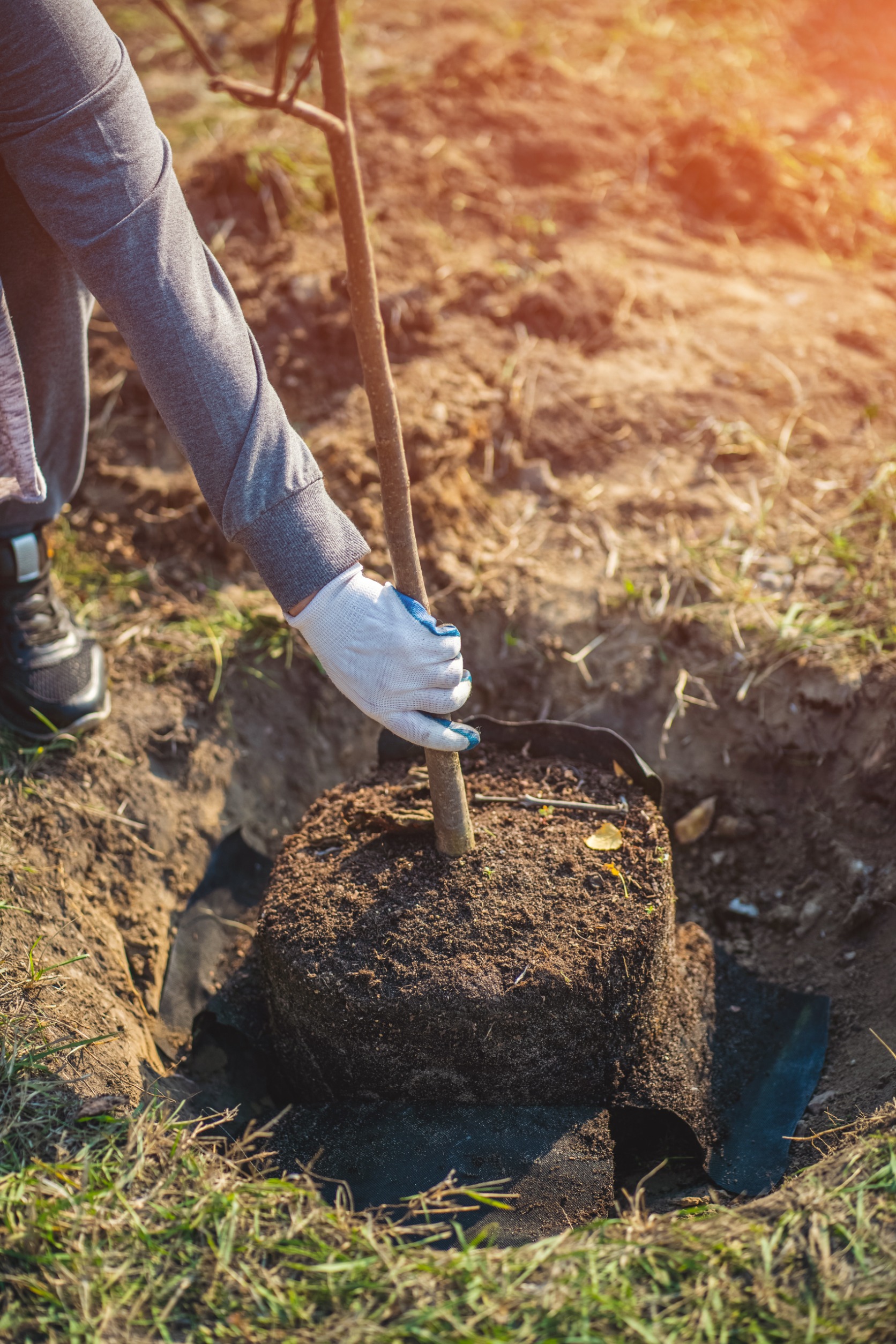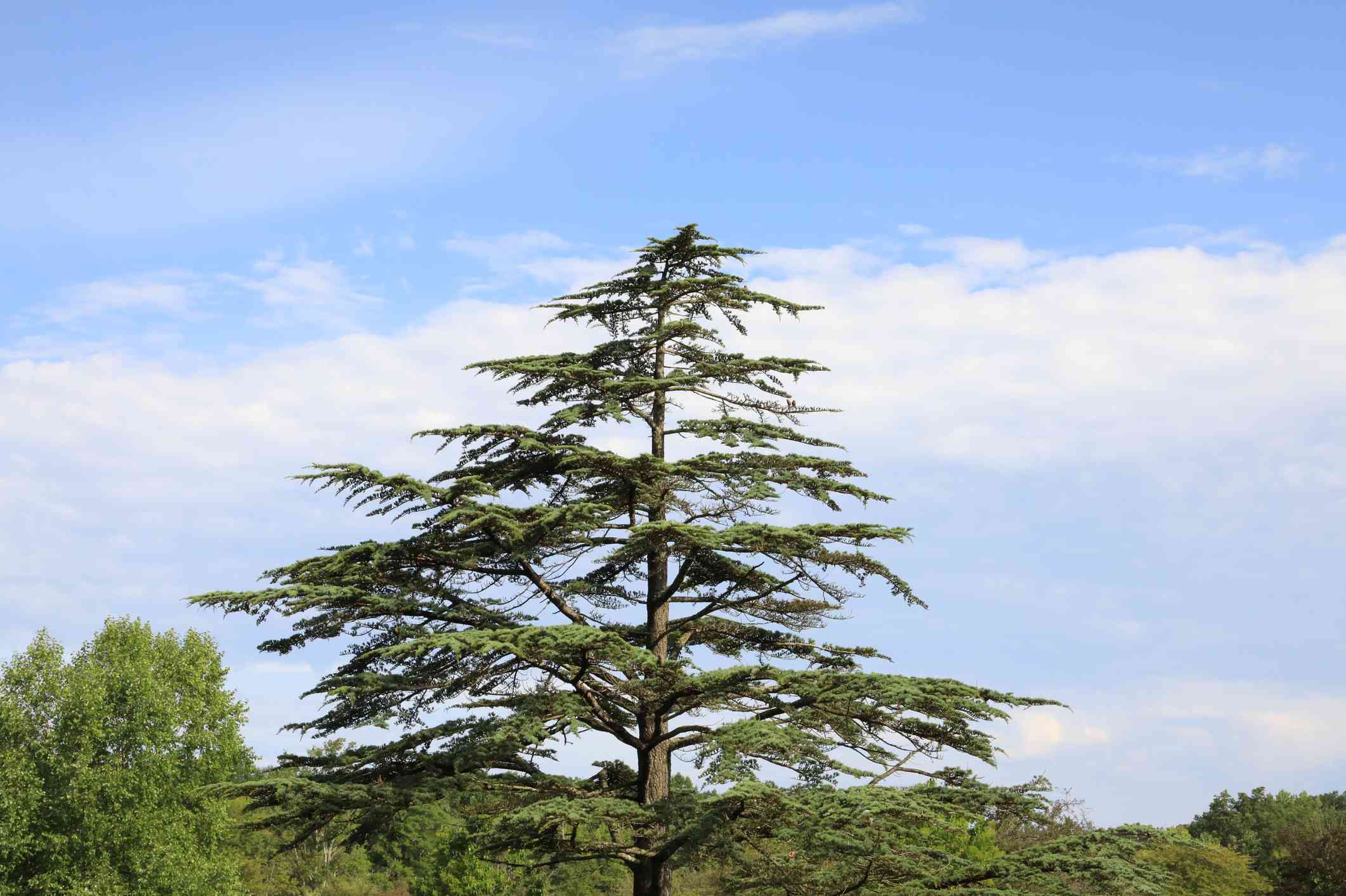Cedar trees are often chosen by homeowners who want to add natural beauty to their yards and make them feel more private. These evergreen giants not only add visual appeal but also offer numerous environmental benefits. If you want to know how to plant cedar trees, these steps and tips will help them grow well and get the care they need.
Cedar trees are a classic and attractive landscaping choice providing beautiful greenery interesting texture, and natural fragrance. When properly planted and cared for, they can thrive for decades, growing into stunning, mature specimens. For the best results when adding cedars to your landscape, follow some key tips for site selection, preparing for planting, planting techniques, and aftercare.
Choosing the Optimal Planting Site
-
Select a spot with full sun exposure Cedars grow best with a minimum of 6 hours of direct sun per day Morning sun is especially beneficial.
-
Allow adequate room for growth. Space young trees at least 5-10 feet apart, depending on mature size. Account for both vertical height and horizontal spread.
-
Plant upland, not in low, wet areas. Cedar roots need good drainage. Avoid frequent standing water or soggy soils.
-
Keep away from septic systems and underground pipes. The extensive root systems can potentially disrupt or damage them.
-
Don’t plant near apple trees. Nearby apples can develop cedar-apple rust, a problematic but not lethal fungal disease.
Preparing the Planting Area
-
Test the soil pH. Cedars prefer slightly acidic soil with a pH between 5.5-7.5. Adjust if needed.
-
Improve drainage in heavy clay soils. Mix in organic compost to lighten texture before planting.
-
Eliminate weeds and clear debris. Remove any grass, weeds or obstructions in a 3 foot radius.
-
Dig in organic matter. Till aged compost, peat moss or rotted manure to enrich the soil.
-
Loosen subsoil if compacted. Use a ripper bar or tiller to open up dense lower layers.
-
Water the site before planting if dry. Moisten soil to improve root penetration and establishment.
How to Plant Cedar Trees Step-By-Step
Follow these simple steps for proper cedar tree planting:
-
Dig a hole 2-3 times wider than the root ball and slightly deeper. Roughen sides and loosen subsoil.
-
If containerized, gently remove from pot. Score circling roots before placing in hole.
-
Position the tree with the root collar slightly above ground level. Remove excess soil if buried.
-
Straighten and spread out roots, directing them downward into the hole. Eliminate air pockets.
-
Backfill with native soil. Tamp firmly to stabilize. Construct a shallow watering moat.
-
Water thoroughly until soaked. Cover entire root zone, not just the hole. Let excess drain away.
-
Apply 2-4 inches of organic mulch around the base, avoiding contact with the trunk.
-
Stake for support only if needed. Allow some sway for proper root development.
Caring for Newly Planted Cedar Trees
-
Water young cedars regularly the first two years. Soak the root zone deeply and allow soil to dry between waterings.
-
Replenish protective mulch as it decomposes. Maintain 2-4 inch depth around trees.
-
Weed regularly to reduce competition, especially grass. Don’t allow weeds to overtake seedlings.
-
Apply a low-nitrogen fertilizer in early spring. Avoid excess nitrogen, which can damage cedars.
-
Monitor for pests like bagworms or diseases. Apply recommended treatments promptly if issues arise.
-
Avoid excessive pruning the first few seasons. If needed, only remove damaged or crossing branches.
With proper site selection, planting techniques and followup care, your cedar trees will quickly establish and flourish. In time, they will mature into stately evergreen anchors that enhance your landscape’s beauty for years to come.
Care Tips for Cedar Trees
Cedar trees require proper care to thrive and reach their full potential. Here are some essential care tips:
Watering: Adequate watering is crucial, especially during the tree’s first year. Deep watering once a week is generally sufficient, but adjust the frequency based on weather conditions. Water deeply to encourage deep root growth and drought tolerance.
Fertilization: Cedar trees usually do not require much fertilization. Conduct a soil test to determine if any nutrient deficiencies exist. If necessary, apply a slow-release fertilizer formulated for evergreen trees in the spring.
Pruning: Pruning is essential for maintaining cedar trees. Start pruning when the tree is still young and continue as it grows. Major pruning should occur during the dormant season to minimize stress on the tree. Remove dead, damaged, or diseased branches at any time. If a tree has been overtaken by disease, contact us for tree removal services.
Protection from Deer: Cedar trees are particularly vulnerable to deer browsing, especially in rural or woodland areas. Consider using deer repellents or installing protective fencing to prevent damage.
Proper trimming of trees helps maintain the shape, health, and safety. Here’s how and when to trim them:
Should You Trim? The best time to trim cedar trees is in late winter or early spring, before they start to grow new leaves. If you trim in late summer or early fall, the new growth might not have enough time to harden off before winter.
How to Trim: Start by removing any dead, damaged, or diseased branches. To maintain the tree’s natural shape, lightly trim the tips of overgrown branches, known as “candles. ” Avoid excessive pruning, as cedar trees do not respond well to heavy trimming. Maintain a balanced structure by trimming branches that cross or rub against each other.
Tools: Use sharp pruning shears or loppers for smaller branches and a pruning saw for larger ones. Ensure that the tools are clean and sanitized to prevent the spread of diseases between cuts.
Plant a Cedar Tree- 4 Steps
Step 1: Select the Right Site
Before planting your cedar tree, choose the right location. Cedar trees thrive in full sun to partial shade and in well-draining soil. They prefer soil that is slightly acidic, with a pH ranging from 5. 0 to 7. 0. You should choose a spot that has enough room for the cedar tree’s full height and spread. These trees get very big.
Step 2: Dig the Hole
Dig a hole at least twice as wide as the root ball but no deeper than the height of the root ball once you’ve chosen the spot. Breaking up the soil around the hole’s edges and bottom makes it easier for the roots to get into the soil below.
Step 3: Plant the Cedar Tree
Gently place the cedar tree in the center of the hole, ensuring that it sits upright. Backfill the hole with soil, gradually firming it around the roots to eliminate air pockets. Avoid packing the soil tightly, as it may inhibit water drainage. Leave a slight depression around the base of the tree to help retain water during watering.
Step 4: Water the Newly Planted Tree
After planting, water the cedar tree thoroughly. Provide enough water to reach the root zone, ensuring the soil is evenly moist but not waterlogged. Put mulch around the tree’s base, but keep it a few inches away from the trunk. This will keep the soil moist and stop weeds from growing. Mulch also helps regulate soil temperature and prevents accidental lawnmower damage.
Invest in seasonal planting of flowers and to make your tree really stand out.

Planting a Simple and Easy Cedar Privacy Hedge
FAQ
What is the best time to plant cedar trees?
How far to plant cedar trees apart?
Are cedar trees hard to grow?
How quickly do cedar trees grow?
Can you plant a cedar tree under a tree?
Don’t plant cedar under existing trees or power lines. Leave plenty of space if you’re planting a cedar tree near a building or sidewalk. Avoid locations near water, as cedar trees don’t do well in soggy soil or areas prone to flooding. Select a location where the tree receives at least six hours of sunlight per day.
When is the best time to plant cedar trees?
A: The best time to plant cedar trees is in the spring or fall, when the weather is cool and the ground is moist. Q: What type of soil do cedar trees need?
How do you plant a cedar tree?
Dig an organic-based tree and shrub plant food into the soil a few months before planting. Look for a product with an NPK ratio such as 18-8-8. Plant cedar after the soil thaws in early spring. You can also plant in fall, but keep in mind that late summer heatwaves can stress the newly planted tree. Remove the cedar tree from the container.
How do you root a cedar tree?
Remove twine and metal staples, as well as any plastic “burlap.” Dig a hole slightly deeper than the height of the root ball and at least twice as wide. Place the cedar tree in the center of the hole so the top of the root ball is even with the surface of the soil.
- The Ultimate Guide to Growing Strawberries in Raised Beds - August 8, 2025
- No-Dig Garden Beds: The Easiest Way to Grow a Beautiful Garden - August 6, 2025
- How to Protect and Preserve Wood for Raised Garden Beds - August 6, 2025

